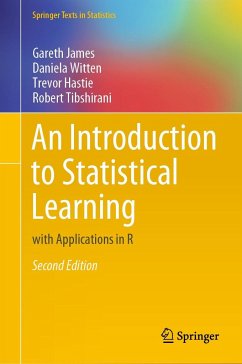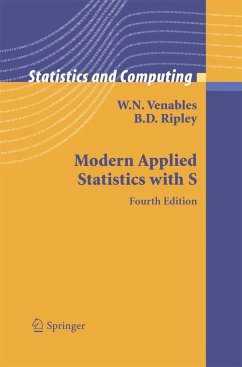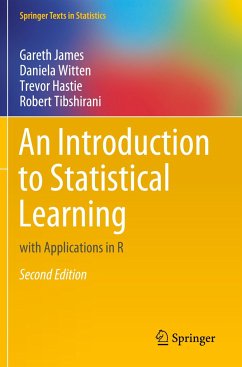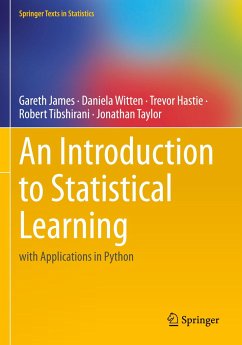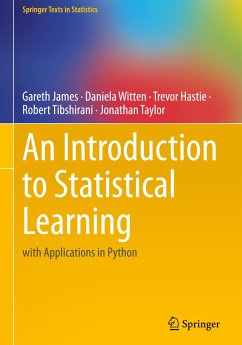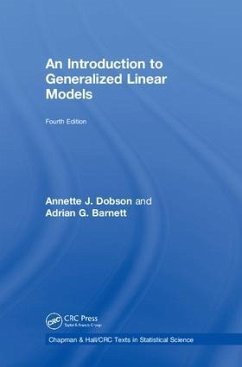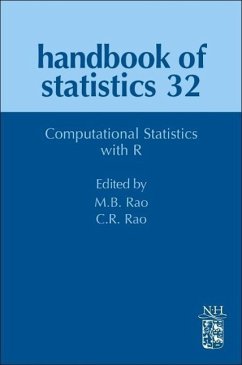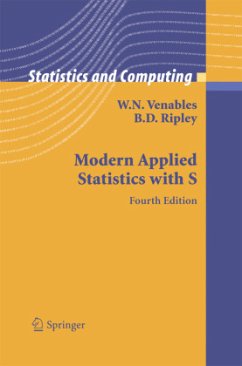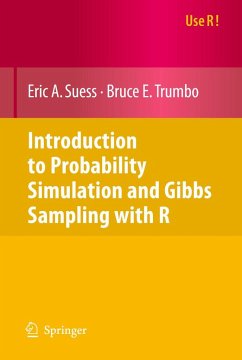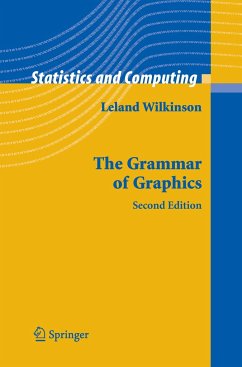
Applied Statistics with Python
Volume II: Multivariate Models
Versandkostenfrei!
Erscheint vorauss. 29. Dezember 2025
85,99 €
inkl. MwSt.
Weitere Ausgaben:

PAYBACK Punkte
43 °P sammeln!
Applied Statistics with Python, Volume II focuses on ANOVA, multivariate models such as multiple regression, model selection, and reduction techniques, regularization methods like lasso and ridge, logistic regression, K-nearest neighbors (KNN), support vector classifiers, nonlinear models, tree-based methods, clustering, and principal component analysis. As in Volume I, the Python programming language is used throughout due to its flexibility and widespread adoption in data science and machine learning. The book relies heavily on tools from the standard sklearn package, which are integrated di...
Applied Statistics with Python, Volume II focuses on ANOVA, multivariate models such as multiple regression, model selection, and reduction techniques, regularization methods like lasso and ridge, logistic regression, K-nearest neighbors (KNN), support vector classifiers, nonlinear models, tree-based methods, clustering, and principal component analysis. As in Volume I, the Python programming language is used throughout due to its flexibility and widespread adoption in data science and machine learning. The book relies heavily on tools from the standard sklearn package, which are integrated directly into the discussion. Unlike many other resources, Python is not treated as an add-on, but as an organic part of the learning process. This book is based on the author's 15 years of experience teaching statistics and is designed for undergraduate and first-year graduate students in fields such as business, economics, biology, social sciences, and natural sciences. However, more advanced students and professionals might also find it valuable. While some familiarity with basic statistics is helpful, it is not required-core concepts are introduced and explained along the way, making the material accessible to a wide range of learners. Key Features: · Employs Python as an organic part of the learning process · Removes the tedium of hand/calculator computations · Weaves code into the text at every step in a clear and accessible way · Covers advanced machine-learning topics · Uses tools from Standardized sklearn Python package




